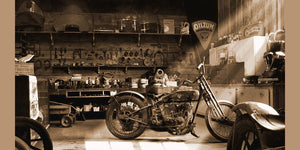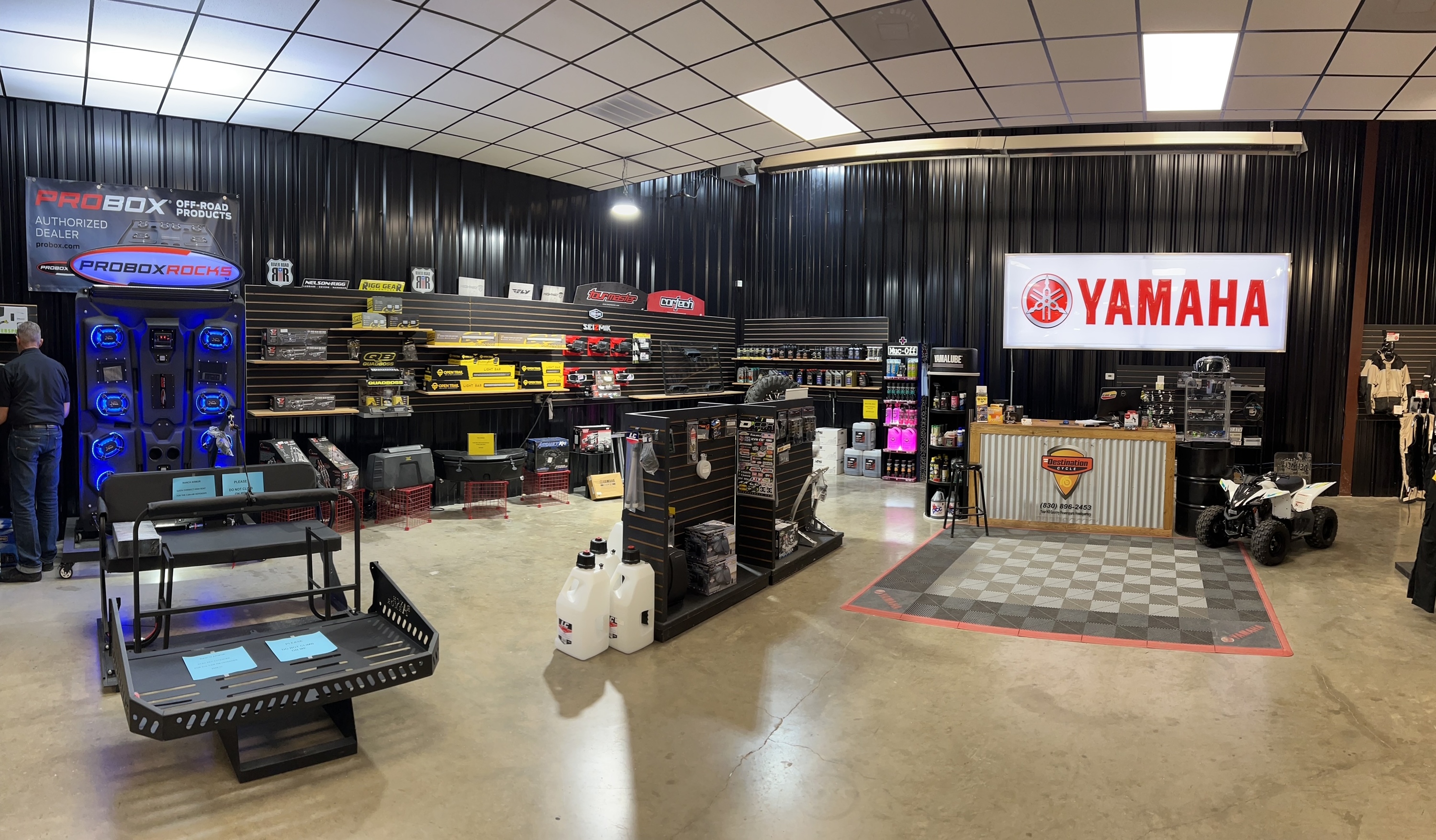Your Best Motorbike Shop for Top Quality Parts and Accessories
Your Best Motorbike Shop for Top Quality Parts and Accessories
Blog Article
Grasping Bike Gears: Exactly How to Enhance Your Riding Experience
In the realm of motorcycling, mastering the art of equipment manipulation is crucial for boosting your riding performance. Effectively making use of and comprehending bike gears can significantly affect control, acceleration, and gas efficiency, transforming an average adventure into a smooth, thrilling trip. By integrating specific change timing and adapting equipment selection to various roadway problems, bikers can ensure optimum engine performance and security. The subtleties of clutch control, throttle coordination, and gear auto mechanics bid a deeper exploration, assuring to unlock the full capacity of your equipment. How can these methods be used to truly enhance your riding experience?
Comprehending Gear Mechanics
How do the complexities of gear technicians affect motorbike performance? At the core of motorcycle characteristics, equipment auto mechanics play a critical role in transforming engine power right into movement, ultimately determining speed and control. Gears, carefully crafted components, permit motorcyclists to enhance torque and speed, making certain a seamless transition via various surfaces and speeds. The gear proportions, very carefully developed, determine the partnership between engine changes and wheel turns, affecting acceleration and gas effectiveness.
Understanding equipment mechanics starts with recognizing the relevance of the transmission, which houses multiple gears of differing sizes. These gears connect through a process called meshing, where teeth of different gears involve to send power. The precision of this communication is crucial; any type of imbalance or damages can result in ineffective power transfer, preventing performance. Furthermore, the setup and dimension of gears influence the motorbike's ability to handle various loads and rates.
In addition, the principle of equipment shifting is integral to making the most of performance. Smooth and prompt changes make sure that the engine operates within its optimal power band, stopping unneeded pressure and boosting long life (motorcycle parts nz). By comprehending these mechanical complexities, bikers can accomplish a harmonious blend of control, performance, and power, boosting their riding experience
Timing Your Changes
Shift timing mastery is essential for maximizing bike efficiency and improving the riding experience. Correctly timed shifts ensure that the engine runs within its ideal power band, which is important for maintaining control, achieving smooth acceleration, and guaranteeing the longevity of the bike. Motorcyclists should develop an instinctive sense of when to shift equipments, which entails recognizing the connection between engine changes per minute (RPM) and rate.
To grasp shift timing, pay very close attention to the engine's noise and really feel, as these give crucial clues concerning when to alter equipments. When the engine comes close to the upper array of its power band without reaching the redline, the excellent shift factor normally occurs - motorbike shop. Moving prematurely can bring about a lack of power, while changing far too late may trigger unnecessary engine strain
In addition, road conditions and riding style impact shift timing. In contrast, during highway riding, fewer shifts at higher speeds can be much more ideal.
Enhancing Gas Performance
While understanding motorcycle gears is vital for efficiency, improving gas effectiveness is similarly crucial for both financial and ecological reasons. Ideal fuel consumption not only lowers functional expenses however likewise reduces the environmental footprint of riding. To attain this, read the article one must recognize the detailed partnership in between equipment choice and engine performance.
Firstly, picking the appropriate equipment at proper speeds can substantially affect fuel consumption. Riding in a greater equipment at lower rates can cause engine hauling, which is damaging to both fuel economy and engine health. Alternatively, riding in lower gears at broadband leads to unnecessary gas intake. Therefore, maintaining an optimum balance by shifting equipments abreast with road problems and expected maneuvers is important.
Furthermore, regular upkeep plays a pivotal duty in fuel performance. Making sure that the motorcycle is well-tuned, with tidy air filters and properly pumped up tires, can enhance the rules of aerodynamics and reduce fuel wastage. Taking on a riding style that accepts progressive acceleration and smooth deceleration can add to better fuel economic situation.

Strategies for Smooth Transitions
Achieving smooth gear shifts is basic to enhancing the riding experience and making sure the long life of a motorcycle's transmission system. Proper gear changing not only adds to a seamless trip but additionally reduces damage on the mechanical parts. To master the art of smooth transitions, riders need to concentrate on a few crucial strategies.

Secondly, clutch control plays an essential function. Involving and disengaging the clutch efficiently calls for technique. The clutch bar must be released gradually, enabling a smooth transfer of power from the engine to the wheels without creating a shock or abrupt movement.

Adapting to Roadway Problems
Browsing varied roadway conditions is a vital skill for any kind of motorcyclist aiming to keep control and security. Whether you're riding on damp surface areas, gravel roadways, or navigating doglegs, your ability to adjust your gear use and riding technique is extremely important. Comprehending how to change your gears properly can dramatically affect grip and stability, making certain a much safer trip.
On wet roadways, it is advisable to keep higher gears to lower torque and reduce wheel spin. This strategy aids preserve grasp on slippery surfaces, permitting smoother acceleration and slowdown. In comparison, when riding on gravel or unequal surface, lower gears are more effective. Reduced gears supply far better control and allow you to respond even more promptly to unexpected modifications in the roadway surface area.
Sharp contours require precise equipment monitoring to stabilize speed and control. Downshifting before going into a contour can aid maintain momentum while guaranteeing the motorbike continues to be secure throughout the turn. Consistent practice in varied conditions enhances your ability to respond and predict to changes in road texture and incline.
Conclusion
Mastering motorcycle gears considerably enhances the riding experience by boosting velocity, control, and fuel efficiency. Adapting gear option to different roadway conditions, such as making use of higher equipments on wet surfaces and lower equipments on gravel, more enhances handling and safety and security.
Comprehending equipment auto mechanics starts with acknowledging the significance of the transmission, which houses numerous gears of differing sizes. These equipments interact with a process recognized as meshing, where teeth of different equipments engage to transfer power (moto parts nz). Gentle changes to the throttle during equipment changes can prevent jerky motions and keep a consistent riding rate
Whether you're riding on damp surface areas, gravel roads, or browsing sharp turns, your capacity to adapt your gear use and riding strategy is critical. Adjusting equipment selection to different roadway problems, such as utilizing greater gears on motorcycle helmets wet surfaces and reduced equipments on gravel, further improves handling and safety and security.
Report this page